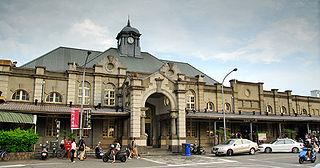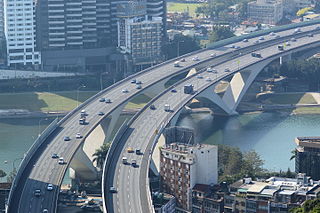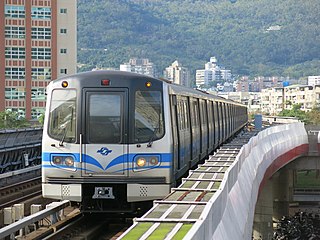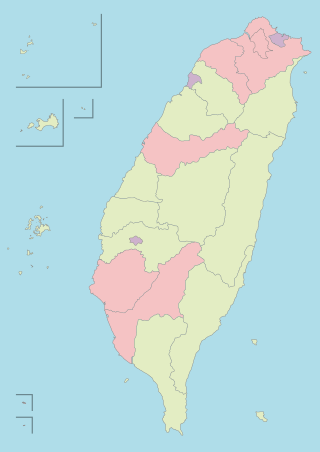This article needs additional citations for verification .(September 2024) |
| This article is part of a series on |
| Administrative divisions of Taiwan |
|---|
| Centrally governed |
| Township-level |
| Village-level |
| Neighborhood-level |
|
| Historical divisions of Taiwan (1895–1945) Republic of China (1912–49) |
| District | |
|---|---|
| Category | Townships/cities and districts |
| Location | Taiwan Area |
| Found in | Special municipality, city |
| Created by | Local government act [1] |
| Created |
|
| Number | 170 (as of 2019) |
| Government |
|
| Subdivisions | |
Districts are administrative subdivisions of Taiwan's special municipalities of the second level and provincial cities of the third level formerly under its provinces. There are two types of district in the administrative scheme:
Contents
- History
- Districts in Taiwan
- Districts by cities
- List of districts in Taiwan
- Former districts
- District changes between 1945 and 1950
- District reforms in Taipei
- See also
- Notes
- References
- External links
| Name | Chinese | Mandarin Pinyin | Taiwanese Pe̍h-ōe-jī |
|---|---|---|---|
| District | 區 | qū | khu |
| Mountain indigenous district | 直轄市山地原住民區 | zhíxiáshì shāndì yuánzhùmín qū | Ti̍t-hat-chhī soaⁿ-tē goân-chū-bîn khu |
Ordinary districts are governed directly by the municipality/city government, with district administrators appointed by mayors to four-year terms. The mountain indigenous district is a local government body with elected district chiefs as well as district council serving four-year terms.





